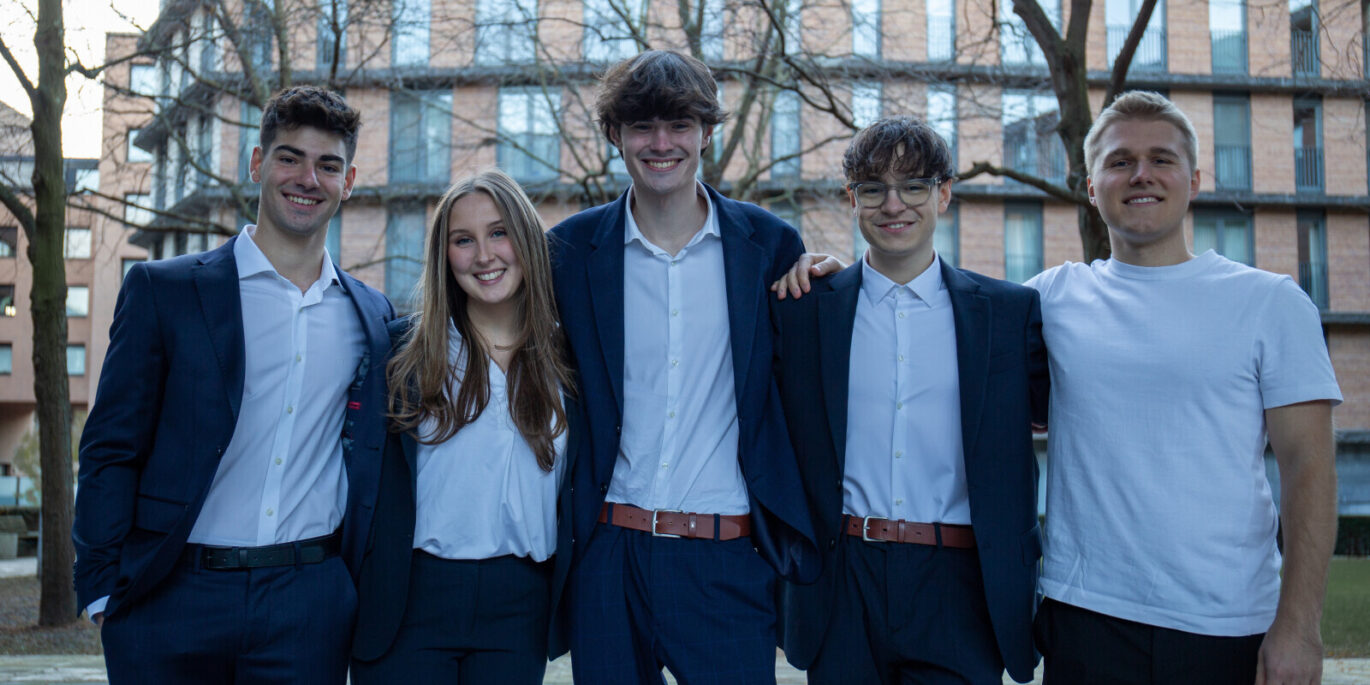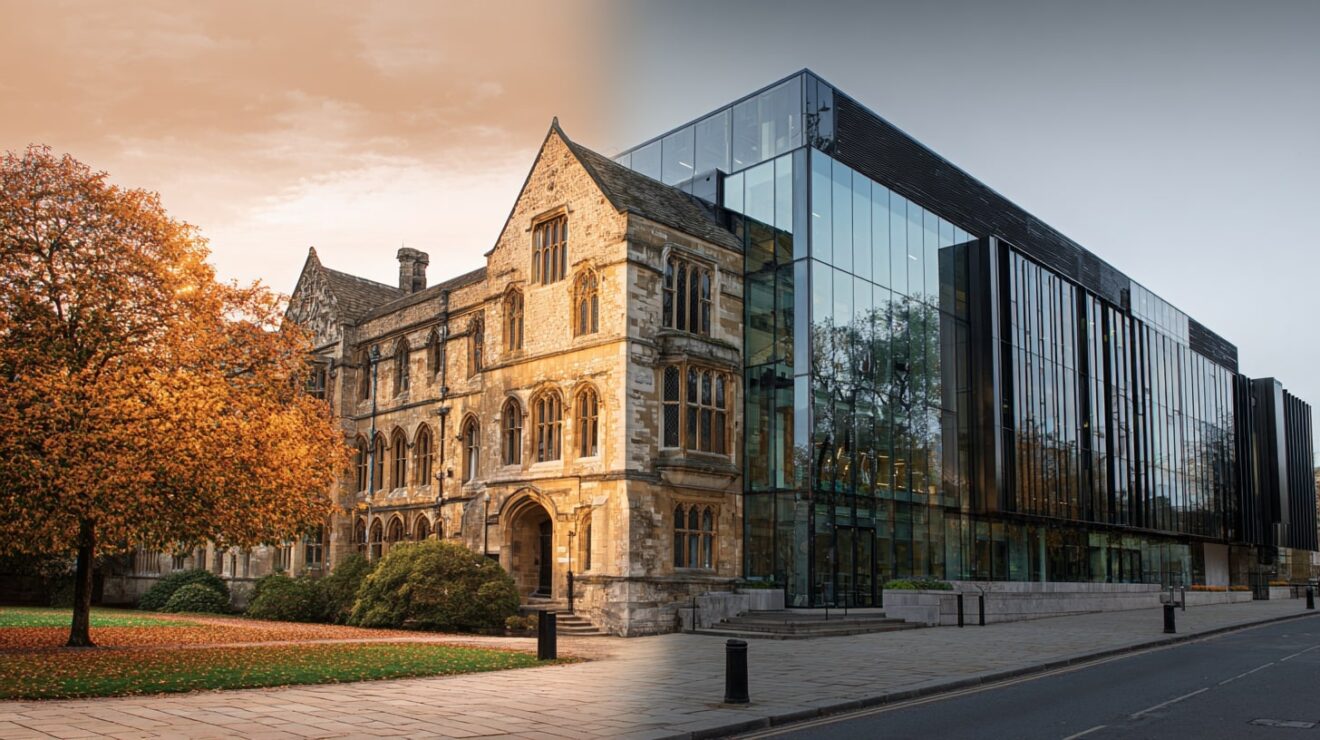It’s not over yet – but as we gear up for the new academic year, what did we learn from the pandemic?
We asked staff and officers from SUs across the UK to share reflections and learning from sixteen months of tea-time press conferences, chaotic lockdowns, remote engagement and unhelpful guidance to see what we might learn for the future. Part 1 and Part 2 are online too.
12. Students can only engage if they have effective and equitable access
Nick Glover, University of York SU
As an SU we’ve learned a lot of practical stuff over the course of the pandemic – essentially how to do everything exclusively online, from advice to student group activities. In and amongst all this pivoting and digital transformation, Covid has forced us to reflect on what being student-centred actually means for SUs and universities. What does it mean to be responsive, flexible and inclusive of students’ diverse, unique and changing needs? And what should we be advocating for in terms of student-centred education?
Students’ capacity to connect to and access the SU, the university and their learning has been severely impacted by Covid. Most students have experienced disconnection, isolation and disengagement over the course of the pandemic, but this has not happened in a vacuum. Students’ capacity to engage has been influenced by personal experiences of online learning and activities, their changed living environments, their ‘lifeloads’ and the sociomaterial contexts in which they live and learn. The pandemic has therefore shone a light on existing inequalities, but has also created new modes of exclusion: new financial struggles, digital poverty and diminished wellbeing etc. Say it loud: students can only engage with their SU, university and learning if they have effective and equitable access.
This is where the need to build an ethos of student-centeredness comes in. Student-centeredness is not about doing everything at the behest of students (maybe sometimes for our commercial guys!!), it’s about working with them to co-produce and co-design their experiences, activities, venues, services and most importantly, their education. A student-centred ethos requires us to focus on:
- How students are actually engaging and learning – the processes, the barriers, the enablers. What do students need to engage effectively?
- How the environments we create – inside and outside the classroom – foster connections and relationships between students, staff and officers.
- Advocating for the active involvement of students in co-design of learning activities and environments – e.g. setting and modifying tasks, producing learning tools and resources etc.
- Being mindful about whose voices are included and whose voices are excluded in our representation, partnership and project work.
- Maximising inclusion by being as flexible as we can to meet diverse student needs.
- Encouraging our institutions to move away from fixed timetables, spaces, equipment requirements and rigid modes of assessment.
- Creating learning and social environments that are authentic and reflective of students’ actual lives.
- Students’ lived experiences. Do we actually know what our students are going through, their perceptions, emotions and ideas? And how can we most effectively access and research these experiences?
13. Now and again, it’s good to get uncomfortable
Tracy Priestman, UPSU
The pandemic really pushed us out of our comfort zone. It forced us to think about new ways to diversify and how to be more flexible with the services we offer, both commercially and across membership services. Sabbatical officers were able to provide invaluable student feedback during this time and play a key role in disseminating crucial information to students. Stepping up in this way has improved our relationship with the university and reinforced the importance of student representation at all levels of decision making.
It taught us how to be more flexible, to take risks and not allow fear of an unknown outcome to stop us making changes. If it doesn’t work, you can always try something else! The SU had the opportunity to speak more at meetings which has strengthened collaboration with the institution and opened doors to diversify income and increase support for students. For example, the SU was given the contract to operate the Covid test centre on campus and additional funding to facilitate online student interaction.
14. Universities can change for the better after all
George Watkins, University of Newcastle SU
There’s a lot of talk about what to keep from the pandemic – and much of the focus is on “blended” learning. But what I’d like to keep is universities responding constructively to student ideas, and implementing them at pace.
Many of the changes that officers over the years had campaigned so hard for – involving countless hours of consultation and often dismissal of their ideas – have now been put into place. When there is a crisis on, and the pressure to do so is high, it seems that universities can make quick decisions that are of benefit to the student body after all.
Examples at Newcastle include a week’s break after the January exam period and full electronic submission of assignments. We’re hoping that the university continues to take a similar approach to decision making in the future.
15. Discovering student preferences has been a revelation
Alvin Ramsamy, Representation and Democracy Manager, Queen Mary SU
The first thing that comes to mind is that a lot of students seem to prefer online meetings with staff. In the past, it was pretty common for students to miss meetings or reschedule multiple times, but this hasn’t really been an issue with online meetings. I’ve been told similar from our student opportunities team.
SUs are agile in so many ways, we often can do things quicker, and more cost effectively – however our SU really wasn’t (and still isn’t due to budgets) agile in terms of tech. Like many, we were all set up with desktops, well performing work laptops are hard to come by, and we’d never properly used video meetings before Covid. Truly “hybrid” meetings are still a poor experience and an inefficient use of time etc – we’ll need to make sure the digital divide is addressed in SUs too.
It was impressive how the team (sabbs and staff) stepped up to the challenge of working through survival mode and continuing to deliver core activities and services for students. I was amazed and impressed by some of the attitudes, approach, resilience and flexibility of the team, as well as the people who just understood the nuance of what and why things needed to be done.
SUs are people centred organisations – it is important for us to engage in university life the same way our members are, whilst also taking some of the best bits from the pandemic. SUs are places were many things happen ad hoc, and by change, the challenge will be how to evolve and keep that and our agility.
16. What if all your engagement was based around a building?
Niall Sweby, Northumbria SU
Our building is both a blessing and curse for student engagement. Undoubtedly, not being able to have students in the building has hurt our engagement – and there is abundance of evidence from our own surveys and research that the more time students spend in the building, the greater their affinity to the SU. Obviously this is correlation, not causation – but whatever the direction of travel we benefit.
And yet we have now run a year with virtually no access to the building. Yes our engagement has dropped, but not that much. The majority of students surveyed still have a positive view of the union and our work, interest in the elections was healthy, and we are going into the new year with a respectable number of societies and student groups. Some services have flourished. Many SUs have never had the benefit of a building or the space we have, but have always had great engagement and perhaps even maintained it through the past year. Despite all this, the building is where the majority of our effort and cost goes.
In terms of learning, we always “knew” this but Covid has made it obvious. Having learnt to do without the building, if we do re-open fully, can we learn not to fall back on it as the easy answer to engagement?
17. The pandemic helped us to break down barriers
Ella Richardson, University of Law Students’ Association
Over the pandemic I have had a lot more contact with the VC than usual. We had fortnightly informal meetings to discuss student issues and concerns – which was a massive help. The VC was far more involved in helping fix student issues than she ever had been before – she was able to pull some strings and help me with a lot of issues, however she also tried to fix certain issues without my input a few times and put the SA in difficult situations by promising things to students that we could not deliver!
That said, it has been very hard not meeting the people that we have been working for most of the year and has made some days feel quite long and lonely. Working for an SU has its ups and downs and it is much nicer to go through those struggles with your team rather than over a screen, or at the very least over a screen but having at least met in person a few times. A more blended future for work will need to remember to find ways to build social networks and capacity for our health.
The pandemic highlighted some pretty big issues with the university and communication with students that were hidden by (some, but not all) students being able to get the information they needed on campus. There is still a long way to go but a new communication plan has been started with students’ association input- which will be a great help in the future. Perhaps SUs should push universities to invest in effective internal student communications in the long term in the way they have had to during the pandemic.























